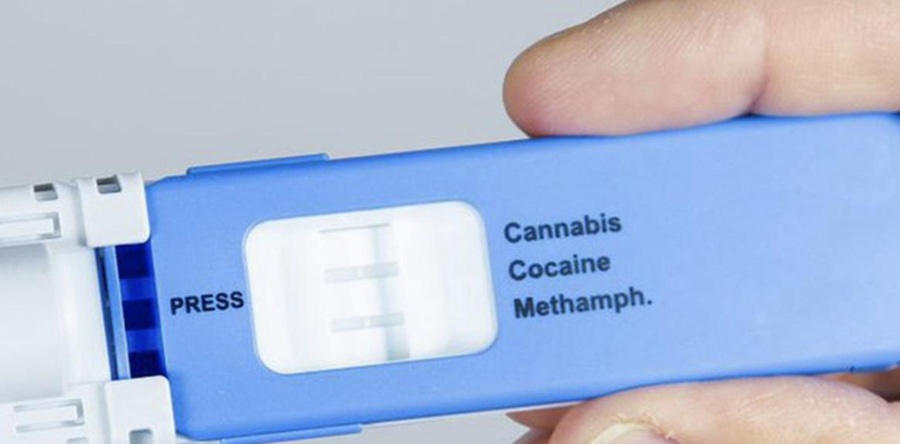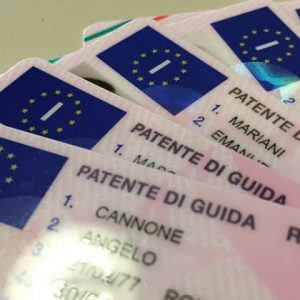New official guidance on how to assess drug use in relation to driving, clarifying how recent changes to the Highway Code should be interpreted, has been issued. So-called drug-driving legislation aims to protect those on prescribed medication while punishing those using recreational drugs before driving.
The Ministries of the Interior and Health have released a joint circular, sent to all prefects and police commissioners, following a legal debate over how the revised legislation should be applied. The circular emphasises that, for a person to be punished for drug-driving, there must be “a temporal correlation between the intake and driving, which materialises in a lasting influence of the narcotic or psychotropic substance capable of exerting negative effects on the ability to drive”.
This clarification comes after criticism that the revised Highway Code appeared to penalise drug use even in cases where there were no evident psychophysical effects. The Ministry of Transport has firmly stated that no new circular contradicts the rules introduced under the updated Code.
The new regulation, which diverges from earlier legislation, punishes driving after drug consumption regardless of whether there is proof of physical or psychological impairment. However, the key issue, as the circular points out, is the phrase “after having taken”. This means that it must be proven that the substance was taken within a short time before driving, suggesting it was still active in the driver’s system.
Drug testing protocol remains valid
The Ministry of Transport has confirmed that drug testing protocols remain valid. The directive governing drug testing procedures was adopted on 11 April and is consistent with the Code’s aim to punish those who have taken drugs before driving, without needing to demonstrate an altered mental state. This concept the ministry describes as “subjective and not demonstrable”.
Deputy Prime Minister and Transport Minister Matteo Salvini has reiterated that there is a clear distinction between drug use and medical treatments. “Taking drugs is very different from the use of medicines, including cannabinoids,” he said. The goal, according to the ministry, is to avoid penalising people undergoing legitimate medical treatment.
Legal challenges to the new rules are already underway. A court in Pordenone recently referred a case to the Constitutional Court to evaluate whether the changes are legitimate. The case involved a woman who tested positive for opiates after a traffic accident last December. She told health workers she had taken an anxiolytic and a codeine-based medicine 24 to 72 hours before the incident.
The court raised concerns that the current law may punish people solely for the presence of drugs in their system, regardless of whether those substances affected their driving ability.
Despite the debate, the Ministry of Transport insists there has been “no U-turn” and that the legislation remains firm in its intent: to crack down on drug use behind the wheel, while protecting those who rely on prescribed medications.





